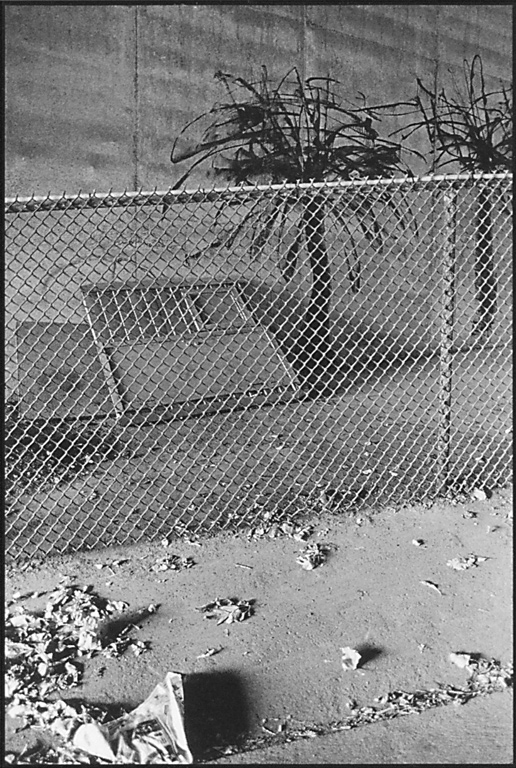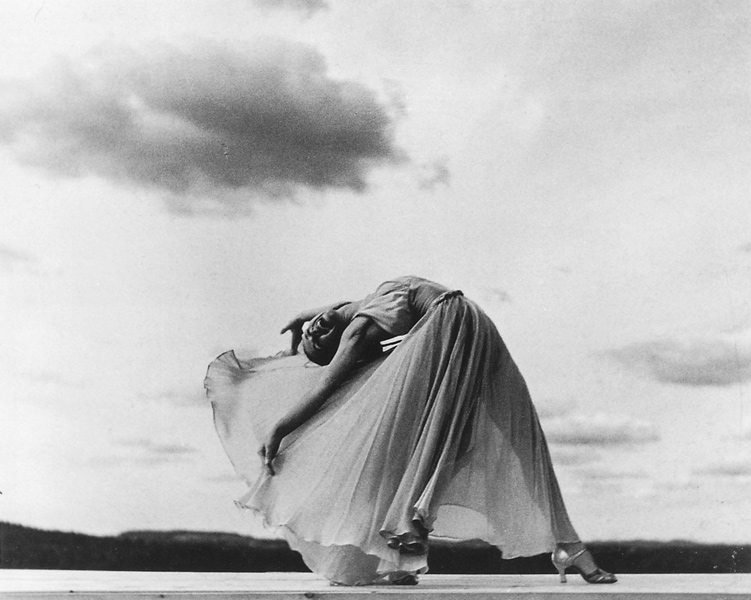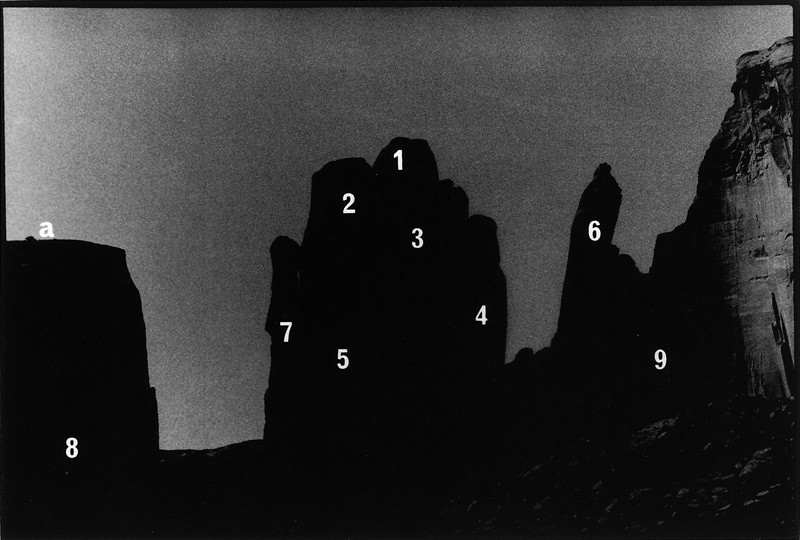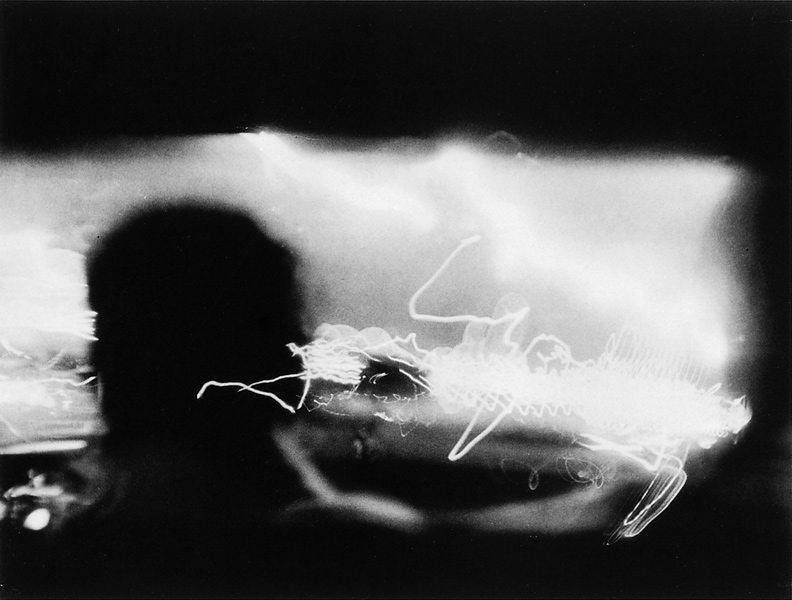[Fall 1995]
by Claude Thibault
Curator of Photography, Musée du Québec
In early 1994, the Musée du Québec decided to create a sector devoted specifically to photography.
A number of reasons sparked the adoption of this policy. First, the project fits naturally into its development program in its role of curator of our artistic heritage and force that drives artistic creation in Quebec. Second, it can legitimately be asserted that photography is a visual language and, especially, an original creative process. Third, this decision was based on the fact that art galleries are quite probably the best context for the display and evaluation of photographic works.
The Musée du Quebec’s interest in photography dates back a long way. In past years, the institution has organized and presented various exhibitions, and also acquired many photographic works. The history of this modest collection can be traced back to the early 1950s, when Gérard Morisset was the Musée’s director. Fascinated by the history and origins of photography in Quebec, this renowned art historian conducted in-depth research on early photographers and published one of the first studies on this topic in Revue populaire in 1951. The following year, he exhibited original works by Samuel McLaughlin, William Notman, George William Ellison, the Livernois family, and Pinsonnault in the landmark Exposition rétrospective de l’art au Canada français. These achievements led to a rediscovery of photography in Quebec and the Musée’s first acquisitions. For Gérard Morisset, these early snapshots represented an inexhaustible source of information for the study and conservation of early architecture, but he was careful to stress the artistic quality of these images while defining their formal and stylistic characteristics.
In the early 1970s, photography, like printmaking, enjoyed a remarkable surge in popularity. These works, which were termed more democratic, could be widely disseminated since they existed in multiple proofs. Recognized as a means of artistic creation, the development of photography is, today, linked to that of the other arts. Photography is now displayed alongside other media in exhibitions. Recently, the Musée du Québec acquired works for such events. For example, for the exhibition Un archipel de désirs, presented in 1991, the institution acquired two works wich have since achieved renown: La Fêlure au chœur des corps (1990) by Geneviève Cadieux, and Generic Man (1989) by Jana Sterbak. The Musée’s photography collection remains modest, with no more than 200 works; however, through its Prêt d’œuvres d’art collection, it has acquired an additional 234 photographic works over the past ten years.
The Musée du Quebec’s decision to create this collection was made with a view to underlining the practice, production, and diverse uses of photography in Quebec from early times to the present. The aim of this institutional project is to amass a body of work that will enable viewers to understand the historical development of photography in Quebec, discern its characteristics, and fully realize all that this art form brought to other disciplines.
The exhibition Présence de la photographie dans la collection du Musée du Québec presents mainly contemporary twentieth-century works. Many were selected from among the hundred-odd works the Musée du Québec has recently acquired. Visitors will discover never-before-seen compositions, including those by artist Frederick Simpson Coburn in 1938 that portray Carlotta dancing on a platform, striking various poses with the sky as a backdrop. The works of Jauran — one of the main practitioners of non-figurative painting in Montreal in the 1950s — are at the root of the creation of a vocabulary specific to photography in Quebec. Several other works produced during subsequent decades, including Is Politics Art? (1975) by Robert Walker and Séquence de la mer (Ile de Wight) (1984-85) by Richard Baillargeon, carry on this in-depth exploration of photography in the twentieth century.





